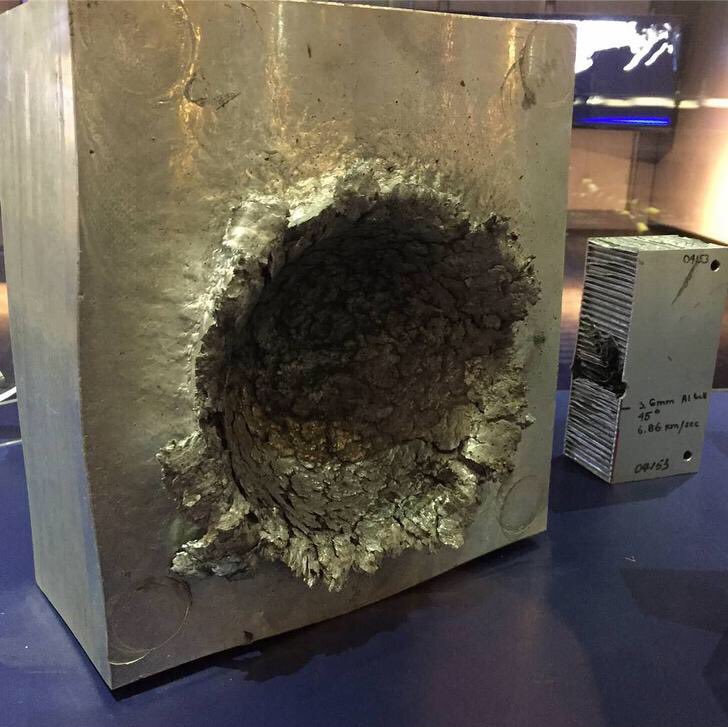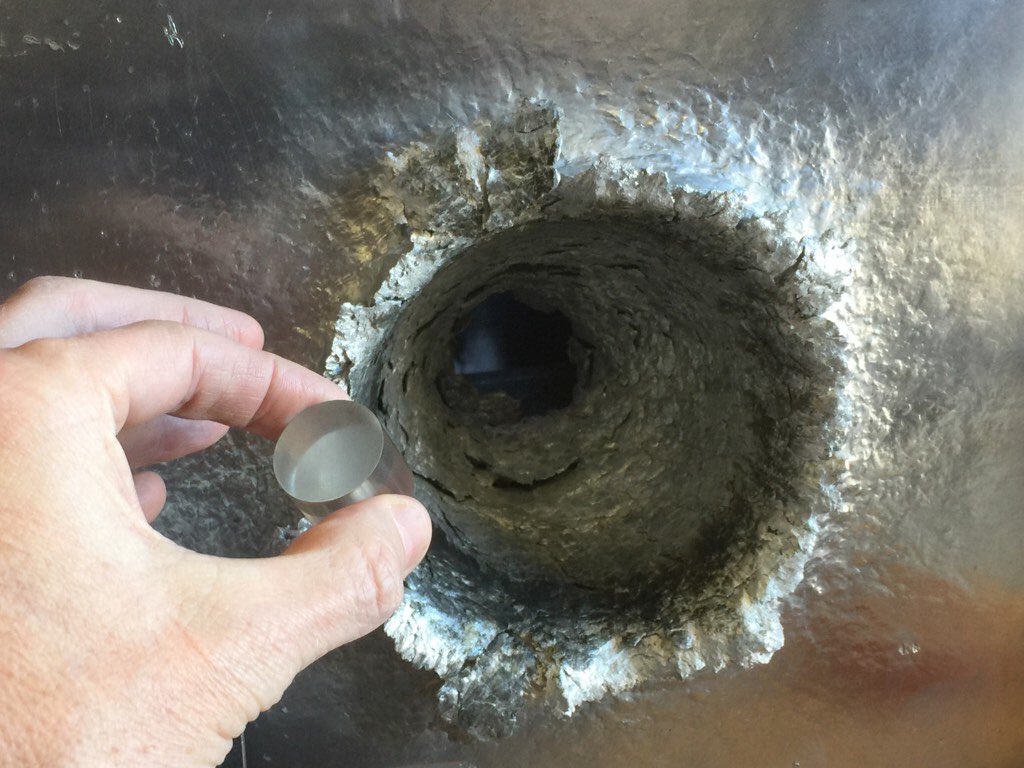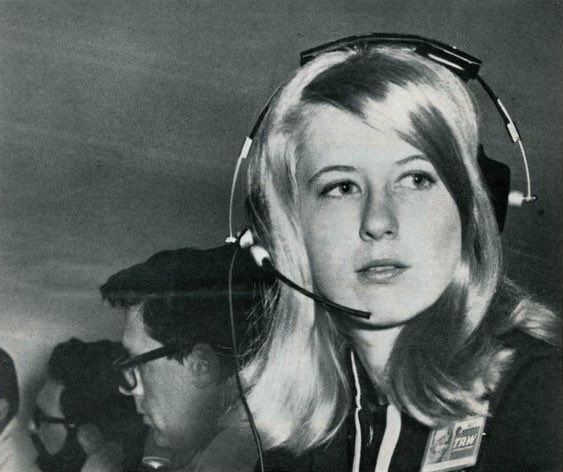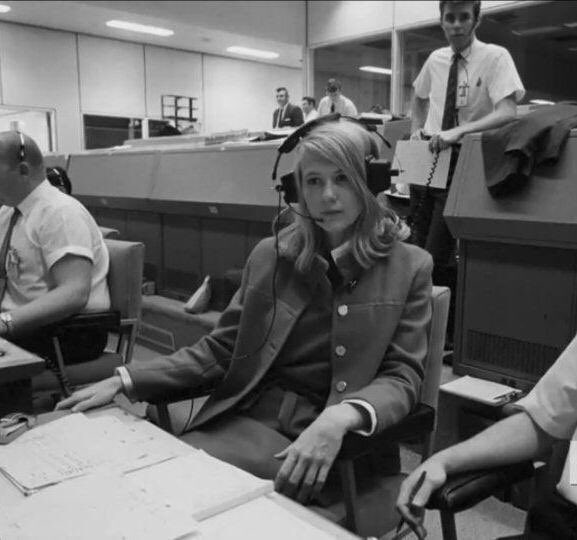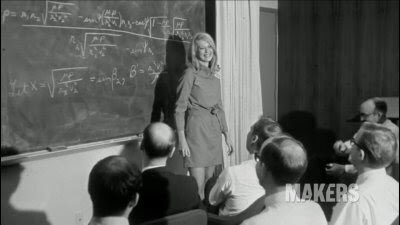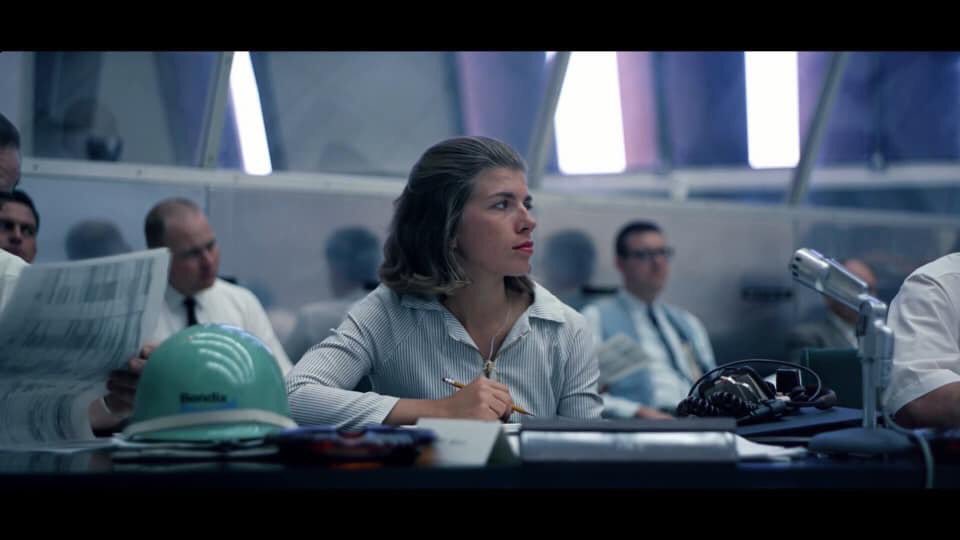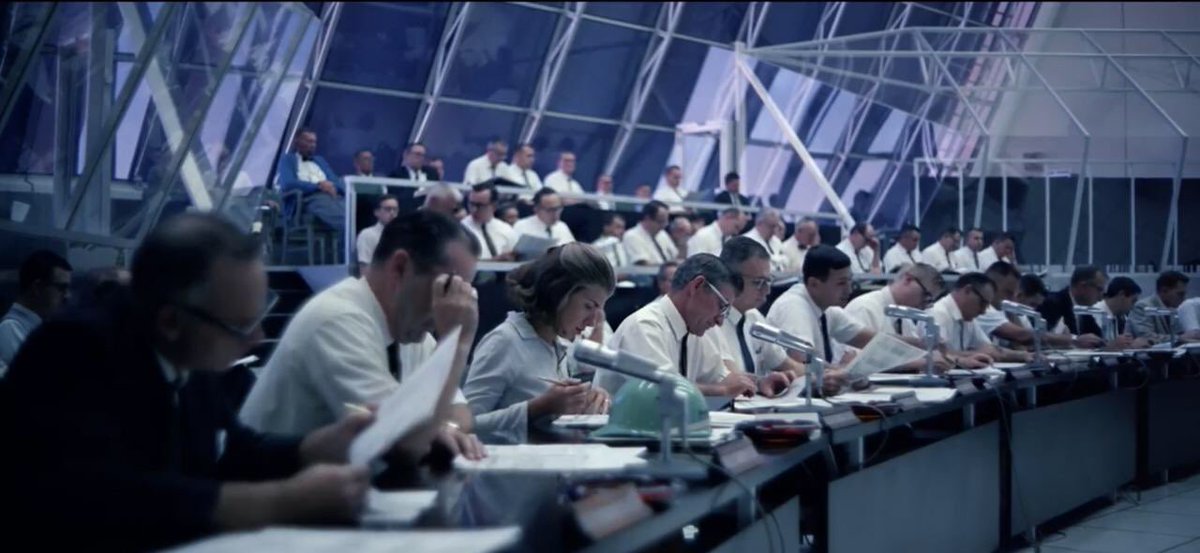#TIL that engineers had issues with the honeycomb insulation on the #SaturnV second stage, so they ended up hiring local surfers from #SealBeach CA, who had experience in working with the material, to apply it to the vehicle 🚀🏄 @NASAhistory 



The challenging area was the Stage Two (S-II) common bulkhead on #SaturnV, where the LH2 and LO2 tanks shared a common interface (see center of image) 

In #SaturnV's early days, #NorthAmericanAviation engineers attempted to adhere the insulation to the LH2 tanks in large vacuum chambers, so the insulation would be sucked down onto the adhesive coated metal. However, the team had problems with the insulation popping off the tank. 

The engineers finally admitted defeat and accepted they would need specialist help.
When NAA engineers discovered that local surfers in Seal Beach were using honeycomb material in manufacturing their boards, they hired the ones that could help solve the S-II insulation problem🏄
When NAA engineers discovered that local surfers in Seal Beach were using honeycomb material in manufacturing their boards, they hired the ones that could help solve the S-II insulation problem🏄

The only problem?
"When the waves were prime there was a huge absenteeism problem because they were out there doing “their thing”," said Donald Binns (NAA Project Engineer 1963/71) 😆
"When the waves were prime there was a huge absenteeism problem because they were out there doing “their thing”," said Donald Binns (NAA Project Engineer 1963/71) 😆

Although their work schedule proved to cause a bit of dissension between the NAA Engineers and the Surfers, the project was finished ON TIME and up to @NASA's tight specifications👌 

Binns added:
"They were a great bunch of guys and they really brought a unique skill set to the program that we didn't really appreciate at the time until it was pretty well over."
🚀🏄
"They were a great bunch of guys and they really brought a unique skill set to the program that we didn't really appreciate at the time until it was pretty well over."
🚀🏄

For ref, this is where the honeycomb insulation was located on the #SaturnV second stage 🚀 

For ref, this thread is a breakdown of the following article:
"California Surfers Help Save the Saturn V Rocket Construction" by Billy Askew, for @AstronomyNation
facebook.com/astronomynatio…
"California Surfers Help Save the Saturn V Rocket Construction" by Billy Askew, for @AstronomyNation
facebook.com/astronomynatio…
As pointed out by @oneovertwolife (thank you!), these surfers and their story get a nice shoutout in the "Moon Machines" docuseries, in Part 1 "Saturn V" by @ScienceChannel 🚀🌒
📽️amazon.com/Moon-Machines-…
📽️amazon.com/Moon-Machines-…
Last but not least, you can see this insulation for yourself if you're in Huntsville, AL 🚀
The US Space & Rocket Center @RocketCenterUSA at @NASA_Marshall has the #SaturnV S-II common bulkhead honeycomb insulation on display
HT @heroicrelics for the photos



The US Space & Rocket Center @RocketCenterUSA at @NASA_Marshall has the #SaturnV S-II common bulkhead honeycomb insulation on display
HT @heroicrelics for the photos




For more info and refs:
[1] history.nasa.gov/SP-4206/ch7.htm
[2] apolloexplorer.co.uk/pdf/saturnv/Se…
Thanks for reading 🤙
[1] history.nasa.gov/SP-4206/ch7.htm
[2] apolloexplorer.co.uk/pdf/saturnv/Se…
Thanks for reading 🤙
Minor clarification: the Facebook ref is actually a transcription (approximately) of the Moon Machines Part 1 episode, so watch that episode if interested in watching this story be told by the actual NAA engineers 🤙
amazon.com/Moon-Machines-…
amazon.com/Moon-Machines-…
• • •
Missing some Tweet in this thread? You can try to
force a refresh






